System cameras and Mirror SLR cameras have one decisive advantage over Compact cameras: they offer you the possibility to change the lens depending on the shooting situation. This has the advantage that you can adjust your camera to the desired motif at any time. In this way, the best possible image quality is always ensured. The lenses influence the image quality much more than is often assumed. They are the eye of the camera. If you are not satisfied with the image quality of your DSLR or DSLM, then you should not buy a new camera, but first think about upgrading your lenses - especially if you are still shooting with the kit lens that comes with the camera. These usually cannot reproduce at all what the camera actually does.
As the range of lenses for DSLRs and DSLMs is anything but clear, many laymen find it difficult to choose a suitable model for their own needs. Before buying a new lens, be sure to answer a few questions, such as: What do you want to use the new lens for? Will it be used mainly for portraiture or more for landscape photography? Or do you want to capture wild animals or sporting events photographically? Are you perhaps looking for a lens that will accompany you on all your travels? By finding an answer to these questions, it will be easier for you to decide whether you are better off with a fixed focal length lens or a zoom lens. You will also find out what focal length range the lens should cover. Read on in the lower section of our shop to find out more about how to find a lens that perfectly suits your needs!
Imagine opening your eyes for the first time and seeing the world anew. That's exactly how your camera feels when you press the shutter button. What your camera gets to see is up to you - with the right lens.
Much more important than a powerful camera is a high-quality lens, because this is where the creation of the photo begins. Is there enough light coming in? Will the photo really be sharp? The choice of lens has an immense influence on this.
In addition, the perspective is always decisive for a successful photo. That's why our tip is to let your camera see the world through different eyes.
First of all, you need to find lenses that fit your camera. There are many lens mounts that may not be compatible with each other, or only via adapters. Most system and SLR cameras are equipped with either a full-frame, an APS-C or a MicroFourThirds sensor. It is important to know that an APS-C sensor - such as those often used by Nikon, Canon, Fuji, Pentax and Sony - is much smaller than a full-frame sensor. Accordingly, the APS-C sensor extends the perceived focal length of a lens by a factor of 1.5 or, in the case of Canon, 1.6. This enlargement effect is called the crop factor. The FourThirds sensor used by Panasonic and Olympus has a completely different aspect ratio, resulting in a crop factor of 2.0. When buying, always make sure to choose a lens that is compatible with your camera's sensor.
When you look at the various designations and product names of lenses, you will notice that there are all kinds of abbreviations that seem somewhat cryptic, especially to laymen. Yet they provide valuable information about important properties of the lens. The most important abbreviations include:
Whether you are right for a fixed focal length or a zoom lens, your personal ideas and habits when taking photos play an important role. Both variants have some advantages and disadvantages, which we would like to present to you below so that you can make the right decision more easily. The advantages of fixed focal lengths are:
The biggest disadvantage of fixed focal lengths is that they are fixed to one focal length value. You can therefore not react quickly to photo subjects by simply zooming in, as is possible with zoom lenses. This gives zoom lenses the following advantages:
But zoom lenses are more expensive and often not as fast as fixed focal lengths.
The currently available optics can be divided into different categories based on the focal length range they cover. These include:
Super wide-angle lenses are those with focal lengths of 20 millimetres or even less. Normal lenses cover a focal length range of 50 millimetres. This corresponds approximately to the angle of view of the human eye. Many lenses have a zoom function in the range of 50 to 100 millimetres. They are also known as standard lenses. Normal and standard lenses can be used flexibly and are well suited for portrait and travel photography.
Last but not least, there are telephoto lenses. In principle, a telephoto lens is considered a telephoto lens from about 70 millimetres, but often only models with focal lengths of at least 135 millimetres are considered true telephoto lenses. They are capable of bringing objects at a greater distance closer and enlarging them. This reduces the angle of view so that less of the subject fits in the picture. Telephoto lenses are used for sports, wildlife and portrait photography. Super telephoto lenses with focal lengths of at least 300 millimetres are used to capture distant subjects in full frame. Since they are very expensive, however, they are used almost exclusively for professional applications.
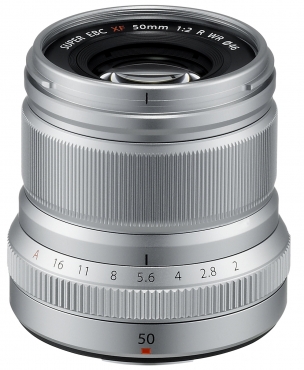
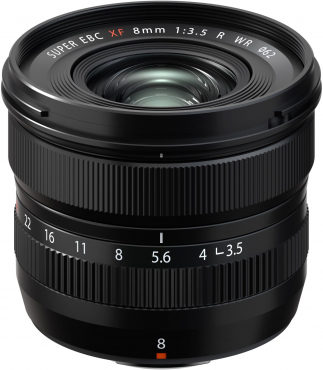

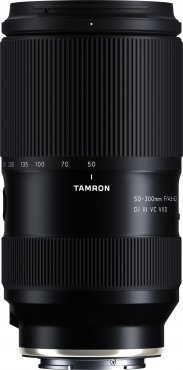
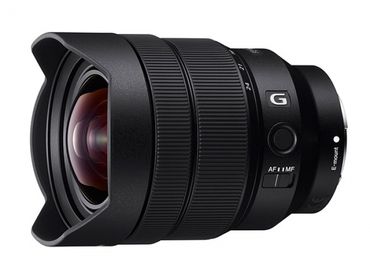
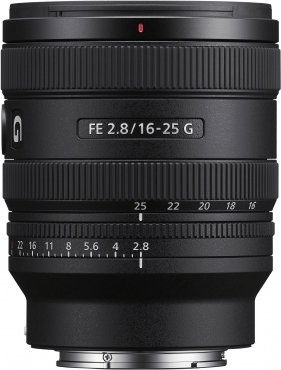

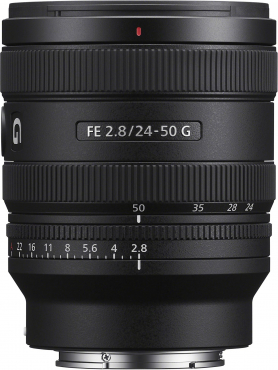
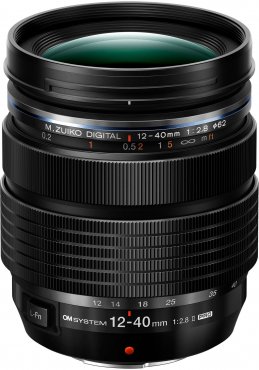

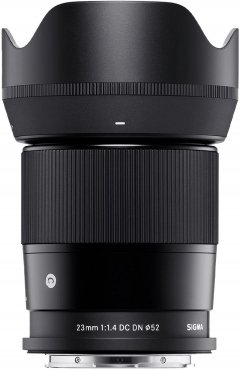
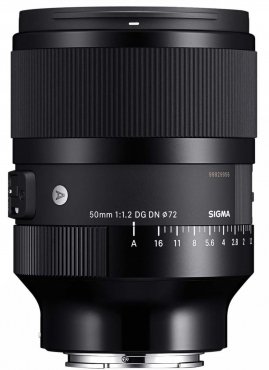

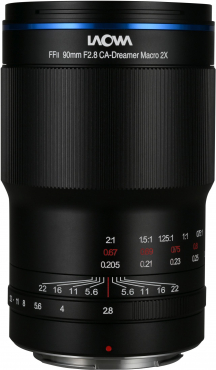
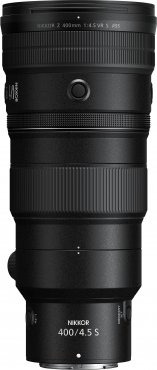
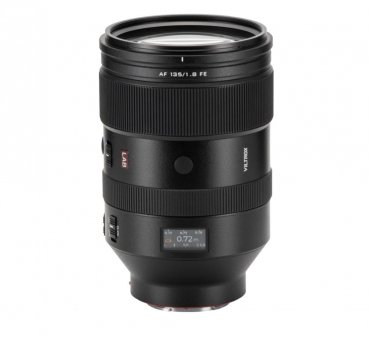
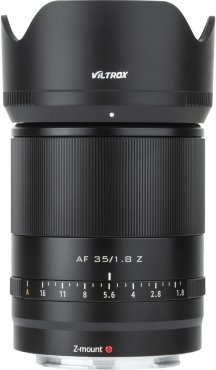
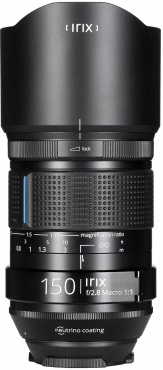
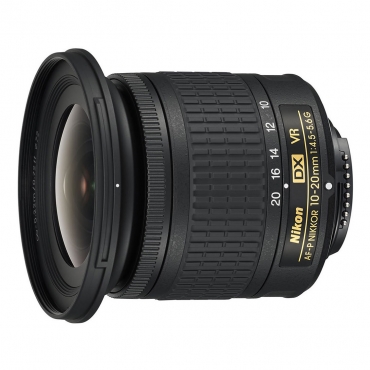
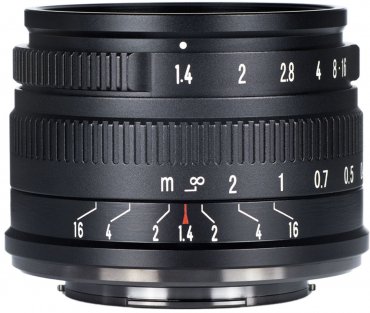
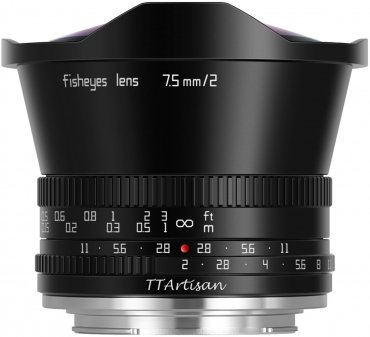

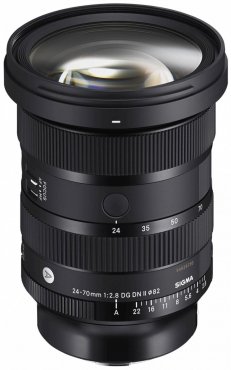
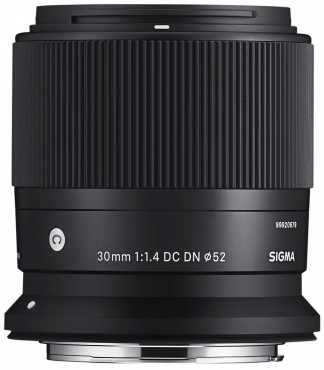
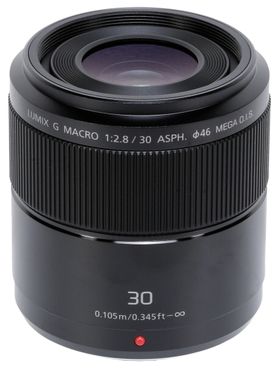
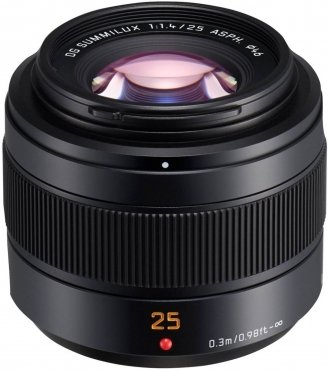
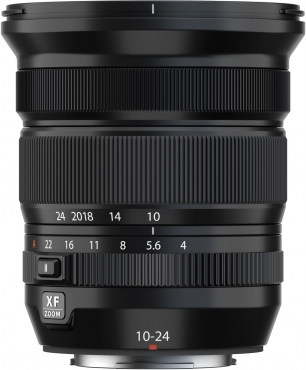
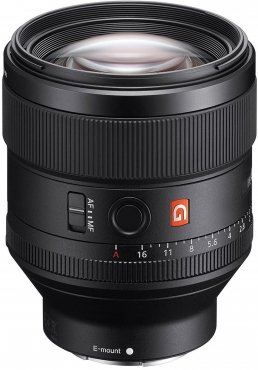
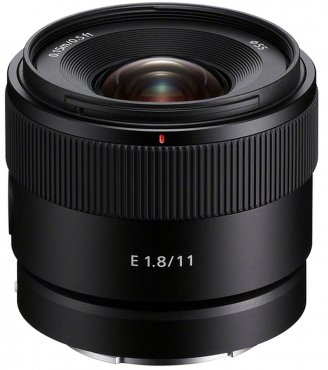
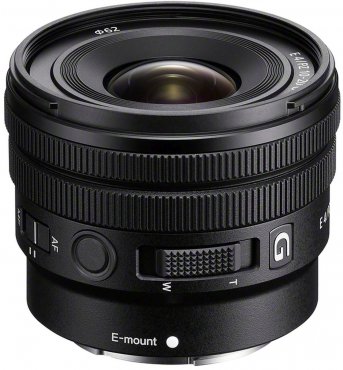

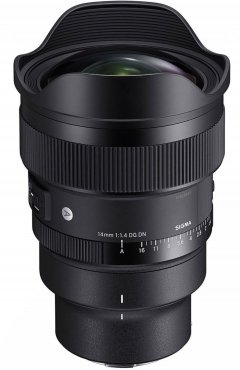
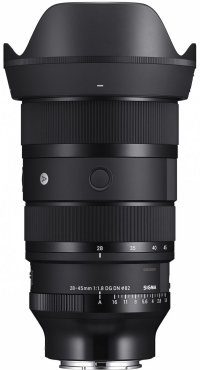
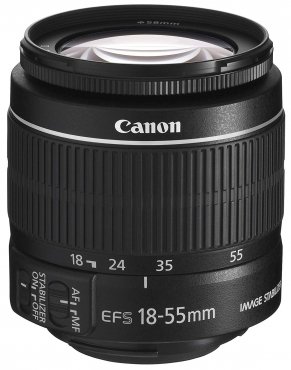
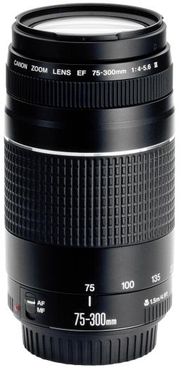
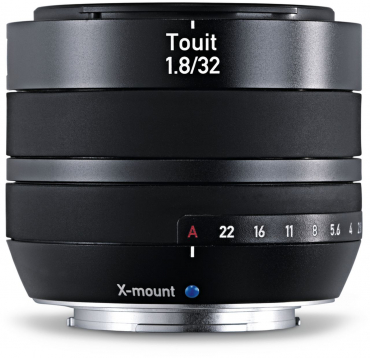
Simply subscribe and benefit as a newsletter recipient every week: